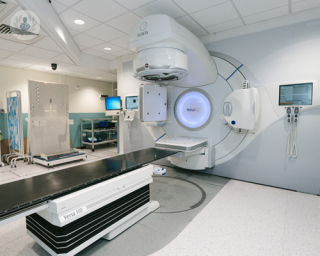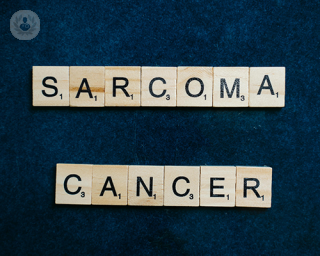
Por Professor Susana Banerjee
04.11.24
Oncología Médica
Endometrial cancer: advanced stages and targeted treatment
Endometrial cancer, also known as uterine or womb cancer, is a cancer of the uterus that is formed by abnormal cell growth inside the tissue of the womb, called the endometrium. In its later stages, it can be difficult to treat, but targeted therapies may be able to provide new hope for patients in their fight against the cancer. In this article, a leading medical oncologist explains the stages of endometrial cancer and how targeted treatment can be used against it.

















